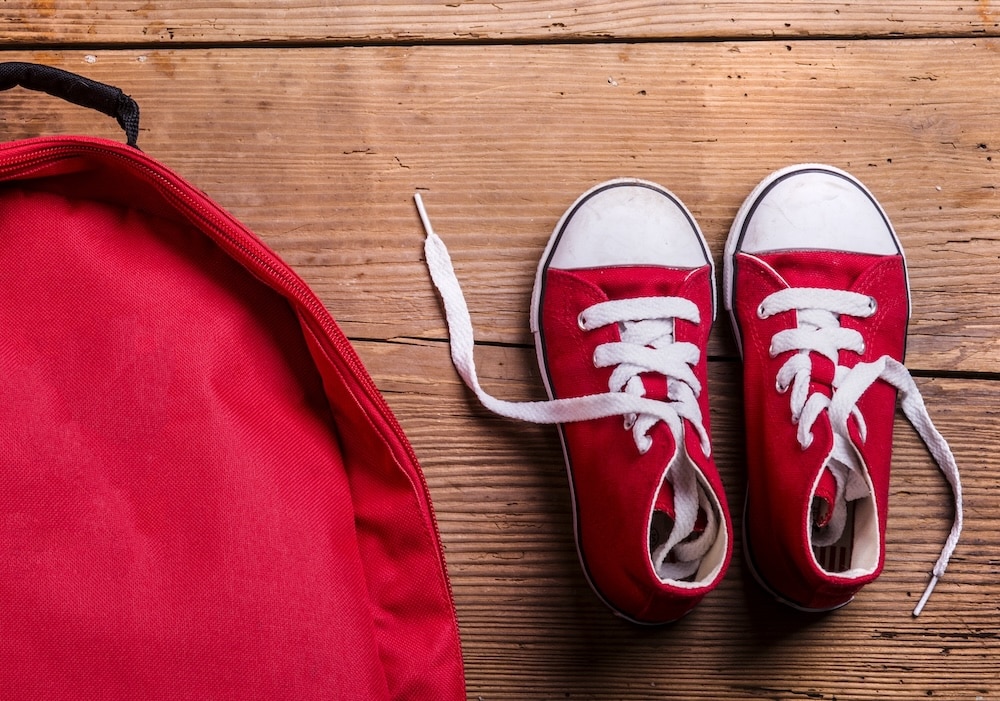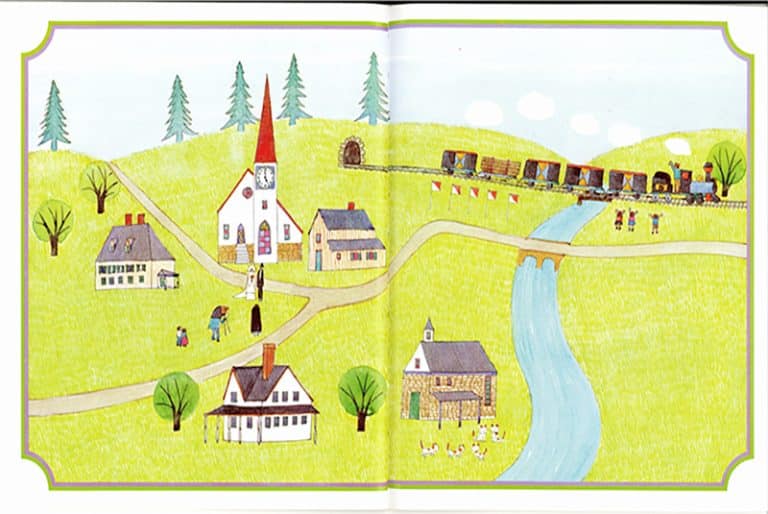TAKE-HOME STRATEGY
Supporting Numeracy at Home

What It's About
Numeracy is the ability to understand numbers and counting. Children are natural mathematicians, and they use math skills in their everyday interactions. For example, when they compare who has more snacks, arrange numbered toy trains in order, or count steps as they climb the stairs.
You can support your child’s Numeracy skills by using number words during interactions and counting and comparing objects throughout the day.
Here are some ways you can support Numeracy at home. Keep in mind that you can change these activities to work for you and your child, based on their current abilities, interests, and what you have available at home. Make sure to use safe materials and watch your child closely during these activities.
Take a look, and try out your favorites!
Count During Meals
Math Movements
Count all Day
Bounce and Count
How Many?
Build by Numbers
Quick Cues for Supporting Numeracy
Some things you might do or say to help strengthen your child’s Numeracy skills
Use Math Talk
Include numbers and counting in everyday conversations.
This can sound like:
“Let’s put your shoes on. One shoe, two shoes. Two shoes on your feet.”
“It says bread is in aisle 4. Let’s look and see if we can find which one says 4. There it is!”
“We have a 1 next to a 0 on our mailbox. That means we are house 10.”
Model One-to-One Correspondence
Touch or point to each object as it is counted. Then say how many you counted altogether.
This can sound like:
“Let’s see how many cars we have on the track. 1, 2 ,” while touching each one, “We have two cars!”
“How many crayons do we have on the table? Let’s count them,” while touching each one, “1-2-3. We have 3 crayons.”
“How many peas do you have left on your plate? 1, 2, 3, 4, 5, 6,” while touching each one with a spoon, “Six peas are left on your plate to eat!”
Prompt Children to Compare Amounts
Help children consider if there are more, fewer, or the same amounts.
This can sound like:
“Your sister has three buttons on her shirt. Your shirt only has one button. She has more buttons!”
“We both have snacks on our plates, but I have 2 cookies and you have 1 cookie. Who has more cookies? That’s right, I have more. Let’s give you one more cookie so we have the same number of cookies.”
“Your tower has more blocks than mine does. I counted 9 blocks in your tower and 5 in mine. No wonder your tower is taller.”
Our Book Recommendations for Numeracy
Engaging stories that support children’s Numeracy skills

Anno's Counting Book
Written and illustrated by Mitsumasa Anno, this book shows colorful illustrations of a growing town with many people and activities to see and count as the year goes by.
Have fun with it:
While around town, point out groups of objects, animals, clouds, etc. And count how many are in the group. For example, “Look at the ducks walking by. Let’s count them. One-two, there are two ducks.”

I Know Numbers!
Written and illustrated by Taro Gomi, this book shows how people notice and use numbers throughout their everyday lives. It also explores the different meanings that numbers can hold.
Have fun with it:
Point out numbers in your community while running errands. Talk about what the numbers mean or how they give us information. For example, you might point out numbers on the side of a building, numbers on a school bus, or numbers on a lunch menu.
More Strategies
We’re creating a library of resources like these so families can quickly and easily promote children’s development at home. Be sure to see all the strategies we have available!

